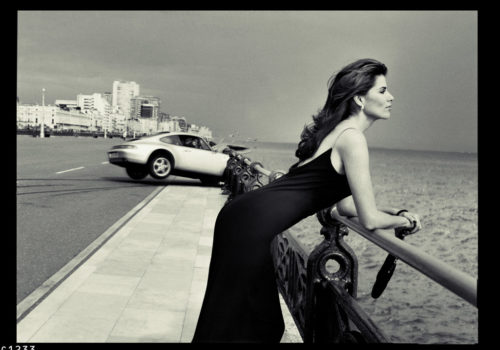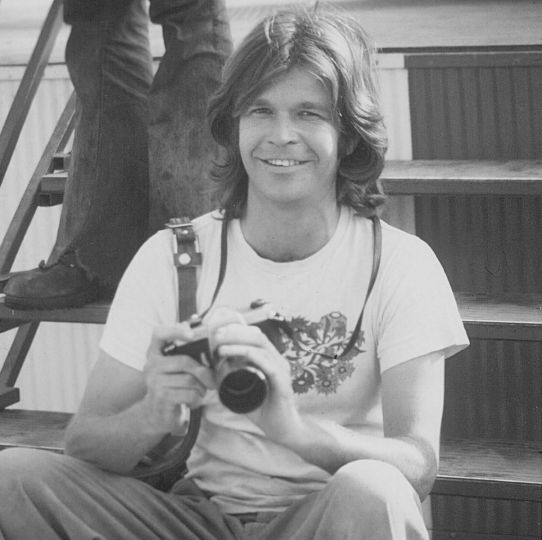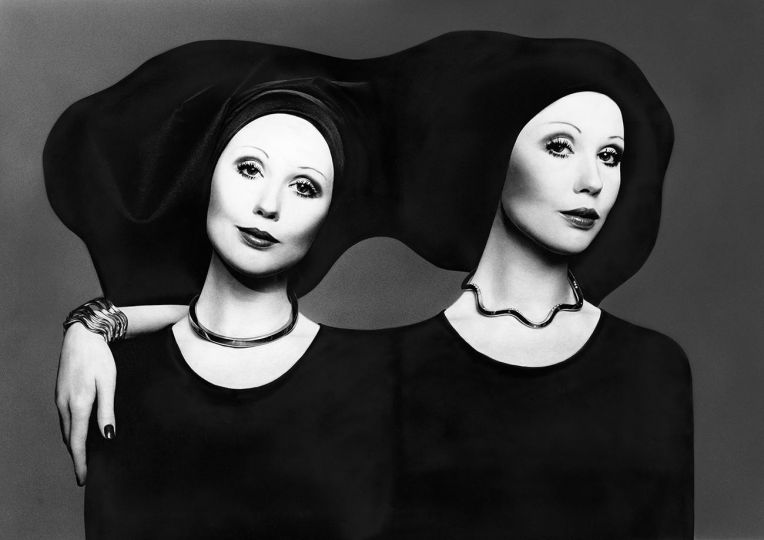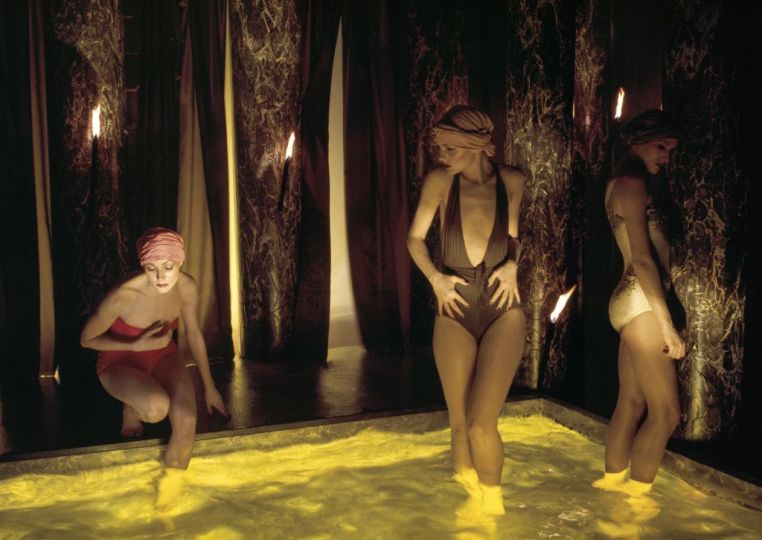Bob Carlos Clarke brought enormous passion, technical knowledge and creativity to his photography. Best known for his sexually provocative image making, he was a far more versatile and imaginative photographer than these highly charged and often controversial images might suggest.
A graduate of the London College of Printing and Royal College of Art, Carlos Clarke mined a rich seam of success in the advertising and glamour photography industry from the early 1980s onwards. His photographs pushed at the boundaries of acceptability yet were enormously attractive to high-end clients that wished to inject their brands with a perceived ‘edge’. His commercial work suited the brash and narcissistic attitudes that prevailed in the 1980s and 90s and he was phenomenally successful [Photo 1-4].
Shrewdly aware of the capricious nature of the fashion and advertising photography business, Carlos Clarke made the most of his commercial opportunities. He was, however, very serious about his work. His commissioned work extended beyond women to include now classic photographs of men – notably Keith Richards [Photo 5] and Marco Pierre White [Photo 6] – and he was an excellent printer. His interest in the appearance of his photographic prints verged on the obsessive and he would make several versions in his darkroom, experimenting with toners and papers to see how much detail and depth could be drawn from the negatives. Sometimes he would stain and distress the photographs to play with how far he could push the processing and appearance of his work.
Carlos Clarke was also a highly skilled still-life photographer. His photographs of beach-combed stones and objects [Photo 7 & 8] , often printed in a large scale, are exquisite and full of detail and depth of tone. His photographs of forks and spoons, twisted and bound together, suggest an altogether darker side to his personality [Photo 9 & 10].
Bob Carlos Clarke is undoubtedly an important figure In British photography, representing many of the things that were both most interesting, but also most challenging in the rapidly evolving photographic landscape of the 1980s and 90s. There is a consistent level of quality in all his work, in particular in the photographs that he meticulously printed himself [Photo 11]. Straddling the worlds of advertising and editorial photography commissions, and independent interests, typified the ways in which photographers were adapting to work in this period. His photographic work was polymorphous and adventurous and his printing, exemplary. It is his layered career and output that makes Carlos Clarke so interesting and relevant in the context of the National Photography Collection at the National Media Museum. I have had the pleasure and honour to work with Lindsey Carlos Clarke, Ghislain Pascal and Philippe Garner over the last year to make a representative selection of over one hundred vintage prints for the Collection. These have now been acquired for the nation in recognition of a unique talent and personality in British photographic history.
Greg Hobson
Curator of Photographs
National Media Museum
















